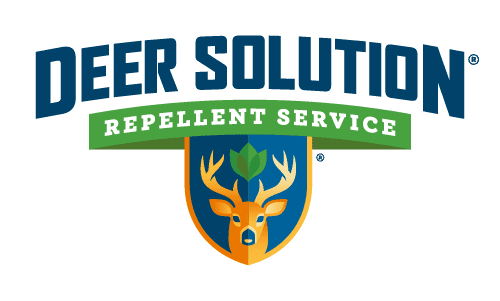Price County, Wisconsin, finds itself at a crossroads in managing its deer population. Recent discussions and legislative actions reflect a community grappling with questions about deer overpopulation and their impact on local ecosystems, especially concerning vegetation like hosta plants.
Deer Management: A Balancing Act
Wisconsin’s deer management program, once considered exemplary, faces new challenges. The state has seen changes in deer registration and tagging processes, leading to uncertainties in harvest figures.
These issues resonate in Price County, where the management of deer populations is crucial for ecological balance and maintaining hunting traditions.
Legislative Responses and Community Impact
In response to these challenges, Wisconsin legislators are proposing legislation focused on improving the whitetail deer population. The proposed bill seeks to modify hunting regulations, particularly in the Northern Forest Region, which includes Price County.
This legislation aims to address factors like over-predation and harsh winters, which have been detrimental to the local deer population.
Wisconsin’s Deer Management Challenge
The deer management program in Wisconsin, once lauded as one of the best in the nation, has been under scrutiny. Changes in deer registration and tagging processes have led to questions about the accuracy of harvest figures.
This situation is reflective of the broader challenges faced in Price County and similar regions, where managing deer populations in a way that balances ecological needs and hunting traditions is becoming increasingly complex.
The Deer and Hosta Plants Conundrum
One aspect of the deer overpopulation debate in Price County revolves around their feeding habits, particularly their consumption of hosta plants. Hostas, a common feature in local landscaping, are often targeted by deer, leading to concerns among homeowners and garden enthusiasts.
The impact of deer on these plants is a microcosm of the broader ecological implications of deer population dynamics.
Price County’s approach to deer management reflects a broader trend in wildlife conservation, where ecological, recreational, and cultural considerations must be balanced.
As legislative measures are debated and implemented, the county stands as a case study in managing wildlife populations in a way that respects both the natural environment and the community’s values.










